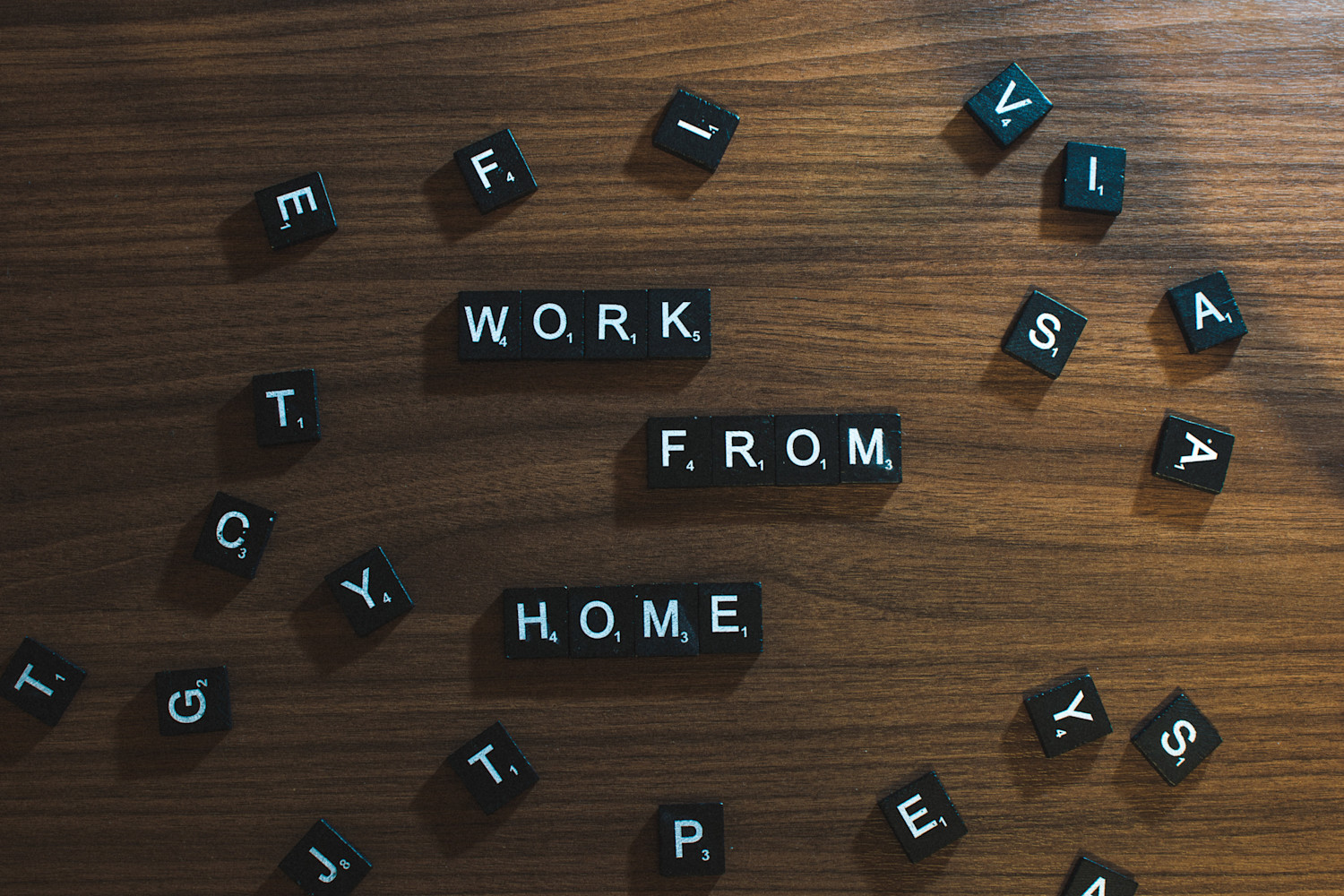5 Ways to Incorporate Movement While Working from Home
Working from home is a trend that’s been growing much faster in these past few years. While the option has been around long enough for some to be considered veterans or old pros, for many, the #wfhlife is a whole new ballgame.
Published Date: Jun 30, 2020
- Hinge Health Learning Center
- Articles
- 5 Ways to Incorporate Movement While Working from Home

